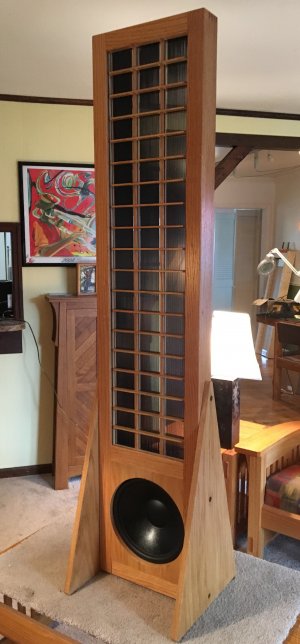Welcome sir,
Always good to see more and more Diy guys joining forum.
Any specific reason most speaker manufacturers are moving away electrostats?
Our own Indian company called Cadence used to make hybrid electrostat speakers have stopped making it as well
Actually, most speaker manufacturer's have never moved into building ESLs. I think a better question might be; why?
I can think up several reasons why the demand would be higher for conventional speakers:
1. ESLs are inefficient and are a capacitive load that many amps can't survive (this alone rules out half the market).
2. Full range ESLs generally have anemic bass.
3. With few exceptions; most hybrid ESLs fail to achieve a seamless blending of the woofer and ESL panel.
4. ESLs are more prone to failure (corrosion and high-voltage arcing) with exposure to dust & humidity.
5. If an ESL fails, it's not easily fixed (you can't just remove a faulty driver and substitute an aftermarket one).
6. On average, ESLs cost more to make and buy.
7. Most ESLs (even curved panels) have a more beamy and smaller sweet spot that some people don't like.
Avoiding the problems noted above drove the design of my homebuilt ESLs (below).
The insulated wire stators are essentially arc-proof, the 15-segment phased wire arrays electrically curve the wave front to emulate a line source projecting a cylindrical pattern, the electrical segmentation scheme presents an easier, mostly resistive load to the amplifier, and the OB woofer matches the phasing and dipole dispersion of the ESL to achieve a seamless blend.
I did fail miserably on cost and labor though-- they're not cheap and the labor is ridiculous. But I wouldn't trade my speakers for any others I've ever heard.



